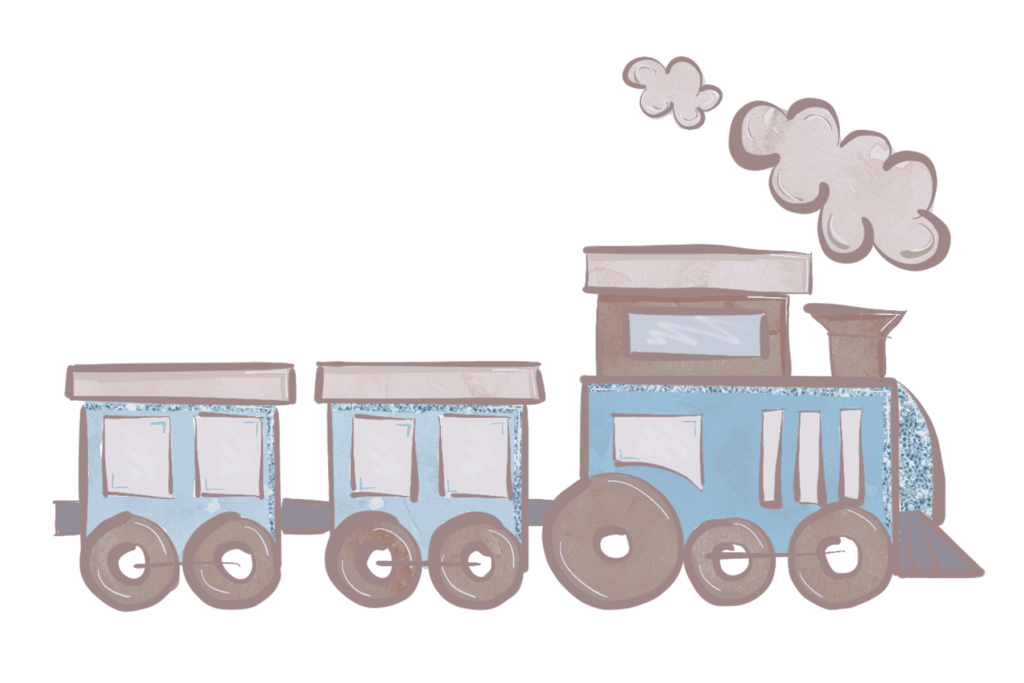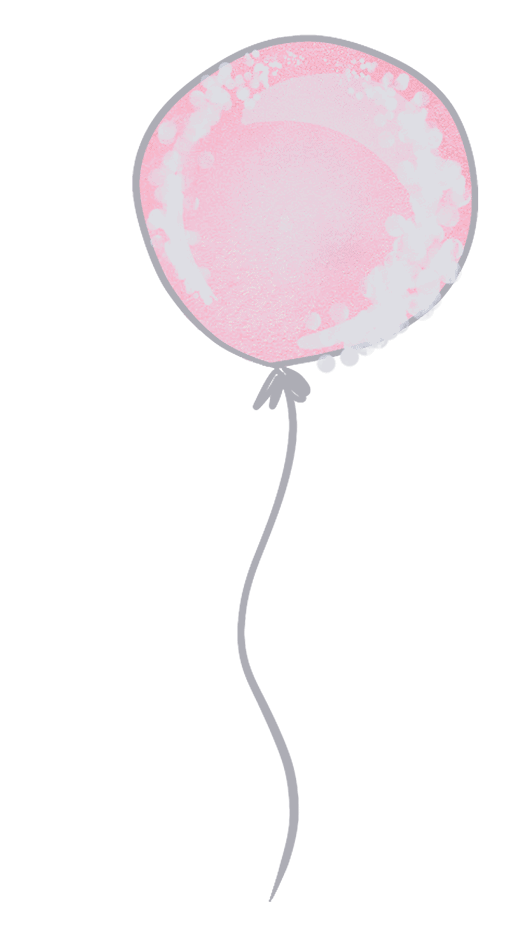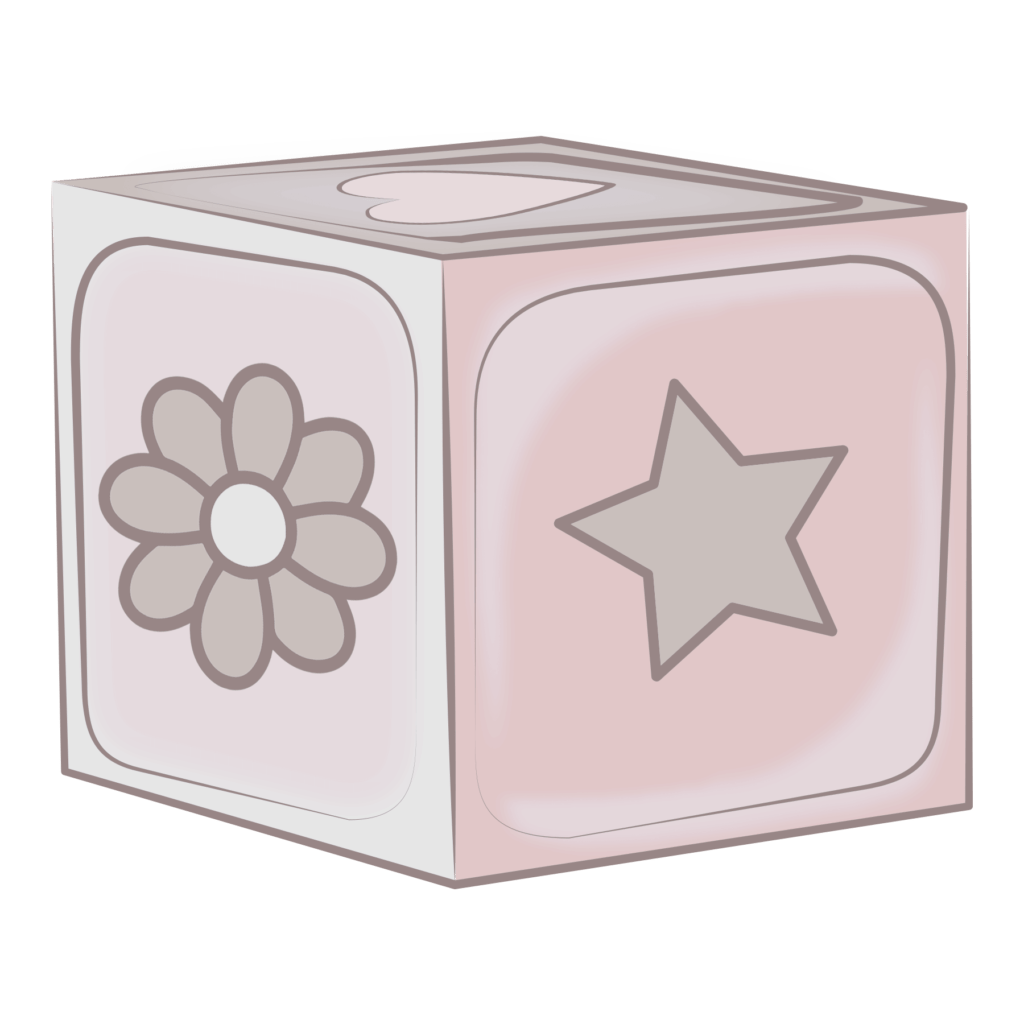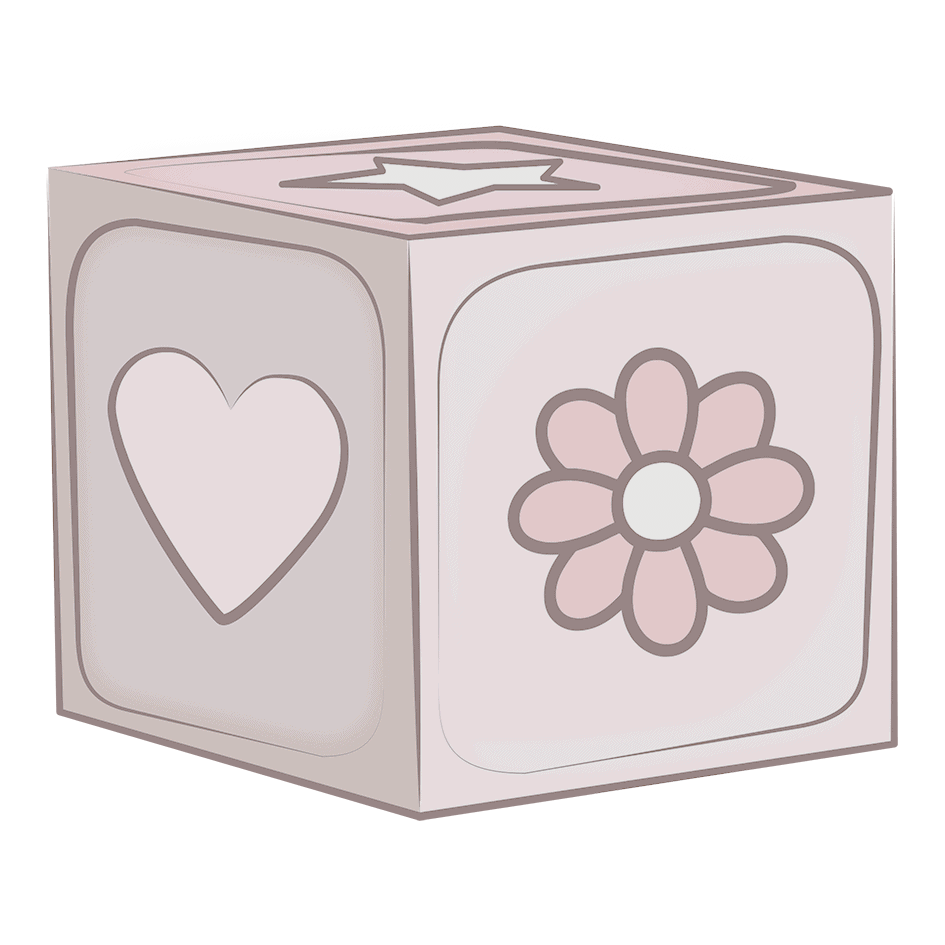Switching to eco-friendly parenting by choosing reusable nappies over disposable ones is a commendable step towards reducing landfill waste and minimizing your carbon footprint. Not only are reusable diapers a sustainable choice, but they also come in a variety of designs, colors, and patterns, making them an aesthetically pleasing option for your little one. Embracing this method promises not just gentler care for baby’s skin, thanks to natural fibers like cotton, bamboo, or hemp, but also substantial savings in the long run.
However, the transition to cloth diapering brings its own set of challenges, including figuring out how to wash reusable diapers effectively. This article aims to simplify the process, covering everything from prepping your reusable diapers to troubleshooting common issues. By mastering the art of how to clean cloth nappies, you not only ensure a healthier environment for your child but also contribute significantly to eco-friendly parenting. Let’s dive into the efficient nappy wash techniques that will keep those cloth diapers fresh, clean, and ready for action.
Before You Start: Prepping Your Reusable Diapers
Materials and Preparation Methods
Synthetic Materials
- Materials: Microfiber, microfleece, polyester, microsuede
- Preparation: Wash once on a full cycle with hot water, then hang to dry.
Natural Materials
- Materials: Organic cotton, bamboo, hemp
- Preparation: Wash 3 times on a full cycle with hot water and a full spin to remove oils, then line dry.
Secondhand Diapers
- Preparation: Must be stripped to ensure cleanliness and optimal absorbency.
Diaper Covers
- Preparation: Wash once to remove any dye residue; no special attention needed as they do not absorb moisture.
Detailed Prep Instructions for Various Diaper Types
Hemp Diapers:
- Wash 3-4 times with hot water before first use to achieve high absorbency.
Bamboo Diapers:
- Treat like synthetic materials; wash once with hot water and soap.
Cotton Diapers:
- Wash once with hot water and soap to remove fabric softeners and maximize absorption.
Microfiber and Other Synthetics:
- Wash once with hot water and soap to remove manufacturing residues.
Cloth Diaper Covers:
- Made from laminated polyester, wash once with hot water and soap.
General Prep for New Diapers:
- Use cloth diaper detergent, wash all diapers together in hot water, line or tumble dry. Hemp diapers should be dried in the dryer 3-4 times.
Special Considerations
- Temperature Control: Do not wash diapers in water over 60 degrees Celsius to prevent damage.
- Wool Diaper Covers: Require lanolizing before first use; never dry in the dryer.
- Used Diapers: Consider disinfecting if the history is unknown; washing removes dirt from storage or packing.
By following these guidelines, you’ll ensure that your reusable diapers are well-prepped, contributing to their longevity and effectiveness.
Removing Solid Waste
Step-by-Step Guide to Removing Solid Waste from Reusable Diapers
Using Liners:
- Disposable Liners: Dispose of them directly into the toilet.
- Reusable Liners: Shake off solids into the toilet and store them for washing.
Pre-Wash Techniques:
- Diaper Sprayer Method: Attach the sprayer to your toilet’s water supply to rinse off solids directly into the toilet.
- Dunk and Swish Method: Submerge the diaper in the toilet water and swish to loosen and remove solids.
- Plop Method: If the solids are firm, simply invert the diaper over the toilet and shake them off.
Special Tools:
- Poop Spatula: Use a dedicated spatula to scrape off any stuck solids into the toilet.
- Handheld Bidet or Showerhead: Rinse the diaper under a spray to remove waste.
Handling Different Types of Waste:
- For exclusively breastfed babies: Directly place the diaper in the wash as the waste is water-soluble.
- Post Introduction of Solids: Ensure all solids are removed as they are no longer water-soluble.
Preparation for Washing:
- Rinse Cycle: Run a cold rinse cycle in the washing machine to remove any remaining residue.
- Storage Until Wash Day: Store the rinsed diapers in a dry pail to await laundry day.
Extra Tips:
- Sun Exposure: To remove any lingering stains, lay the washed diapers in the sun.
- Velcro and Snaps: Secure all closures on diapers to prevent snagging during machine wash.
By following these steps, you ensure that your reusable diapers are free from solid waste, ready for a thorough wash, and maintain their quality and absorbency for extended use.
Storing Soiled Diapers
When it comes to storing soiled reusable diapers, maintaining proper hygiene and preventing odor buildup is crucial. Here are the best practices to ensure your diapers are stored effectively until wash day:
Options for Storage
Diaper Pails and Bins:
- Airflow: Moderate-to-high, using laundry hampers or garbage pails with a pail liner.
- Expense: Low-to-moderate.
- Max Storage Time: 2-4 days.
Wet Bags and Hanging Pails:
- Airflow: Moderate, ideal for daily use and smaller spaces.
- Expense: Low.
- Max Storage Time: 2-4 days, perfect for short intervals between washes.
Airtight Containers:
- Airflow: Low, not recommended for long-term storage as they restrict airflow significantly.
- Expense: High.
- Max Storage Time: 1-2 days, suitable for immediate washing needs.
Best Practices for Storage
- Avoid Soaking: Do not soak diapers as it can degrade elastics and create a breeding ground for bacteria.
- Clean Storage Units: Regularly wash the storage container or bag along with the diapers to maintain cleanliness.
- Consider Diaper Quantity: Choose a storage option that accommodates the number of diapers you use between washes.
Recommendations for Specific Needs
- Home Use: The Bayrli Deluxe Hanging wet bag is recommended for its capacity to separate wet and dry items and ease of cleaning.
- Travel: Utilize portable wet bags, which are also useful for storing wet swimsuits or emergency supplies.
By following these guidelines, you can ensure that your soiled cloth diapers are stored in a way that minimizes odor and maintains hygiene, ready for the next wash cycle.
The Washing Process
Initial Rinse
- Cold Rinse Cycle: Start by placing your reusable diapers in the washing machine and running a cold rinse cycle without detergent. This step helps flush away urine and prevents stains from setting in.
Main Wash Cycle
Setting the Right Temperature and Spin:
- For heavily soiled nappies, set the wash temperature to 60 degrees Celsius.
- For lightly soiled or wet nappies, a temperature setting of 40 degrees is sufficient.
- Adjust the spin speed according to the soil level: higher for more water extraction, which aids in faster drying, and lower if tangling of nappies is an issue.
Choosing the Correct Detergent:
- Use a non-bio washing powder and avoid detergents containing the enzyme cellulase, as well as fabric softeners and liquid detergents.
- If dealing with hard water, add a water-softening agent to prevent mineral buildup.
Washing Cycle Options:
- Use your machine’s longest wash cycle for a thorough clean.
- Consider an extra rinse option to ensure all detergent residues are washed away.
Post-Wash Handling
Extracting Excess Water:
- After the main wash, run an additional spin cycle if necessary to remove as much water as possible, which helps in quicker drying of the nappies.
Frequency and Load Size:
- Wash cloth diapers every 1-2 days to prevent odor and stain buildup.
- Do not overload the machine; wash no more than 12 to 18 diapers at a time for effective cleaning.
By meticulously following these steps, you ensure that your reusable diapers are not only clean but also remain in good condition, contributing to their longevity and effectiveness in your eco-friendly parenting journey.
Drying Your Diapers
Effective Techniques for Drying Reusable Diapers
Optimal Drying Settings and Methods
Tumble Drying:
- Safe for most nappy types on low heat or wool cycle.
- Use dryer balls to prevent clumping and ensure even drying.
Line Drying:
- Hang each diaper separately to promote air circulation and quicker drying.
- Use soft close clothespins to prevent fabric marks.
Flat Drying:
Lay diapers with heavy elastic components flat to preserve their shape.
Indoor Drying Considerations
- Ventilated Areas: Preferably use a space with good air flow or a dehumidifier to avoid moisture buildup.
- Avoid Direct Heat: Keep diapers away from radiators or heaters to prevent damage.
Material-Specific Tips
- Bamboo, Cotton, and Hemp Inserts:
-
- May require multiple dryer cycles due to higher absorbency.
- Microfiber Inserts:
-
- Generally dry within one cycle.
- PUL Covers/Shells:
-
- Tumble dry on a short cycle if necessary, but they typically air dry quickly.
General Best Practices
- Avoid Overloading: This can extend drying times and cause wear.
- Sun Drying: Utilizes natural antibacterial properties but avoid prolonged exposure to prevent fading.
By adhering to these methods, you’ll ensure your reusable diapers are dried efficiently and remain in optimal condition for their next use.
Troubleshooting Common Issues
Leaking Issues
- Proper Fitting: Ensure that the diaper fits snugly around your baby’s waist and thighs to prevent leaks. Check that there are no gaps where liquid can escape.
- Increase Absorbency: For babies who are heavy wetters, consider using additional inserts or boosters to enhance absorbency and prevent leaks.
Diaper Rash Prevention
- Frequent Changes: Change diapers frequently to prevent moisture from sitting against the skin, which can lead to diaper rash.
- Proper Cleaning: Ensure that diapers are thoroughly cleaned and free from detergent residue to avoid irritation.
Sizing and Fit
- Check Size Regularly: Babies grow quickly! Regularly check the fit of the diaper and move up a size as needed to ensure comfort and prevent leaks.
Handling Compression Leaks
- Frequent Changes: During high urine output times, such as during weaning, increase the frequency of diaper changes to manage compression leaks effectively.
Managing New Inserts
- Pre-wash: New inserts made from materials like cotton, hemp, and bamboo have natural oils that can affect absorbency. Pre-wash these inserts multiple times to improve their absorbency levels.
Addressing Delaminated Covers
- Replacement: If the waterproof layer of the diaper cover has delaminated, replace the cover to ensure the diaper remains effective at containing moisture.
Adjusting for Increased Urine Output
- Add Absorbency: For toddlers, particularly those who stay dry for extended periods and then flood the diaper, add extra absorbency to handle the increased output.
Pocket Nappies Tips
- Lay Inserts on Top: For pocket nappies, try laying the inserts on top of the pocket instead of stuffing them inside. This can help prevent leaks by providing a more direct absorbency path.
Embracing eco-friendly parenting by opting for reusable diapers is a significant stride towards environmental conservation and promoting your child’s well-being. Through a methodical approach to selecting, prepping, washing, and storing cloth nappies, parents can ensure these durable alternatives not only provide superior comfort and health benefits to their babies but also contribute to substantial savings and reduced ecological footprint over time. Effectively addressing common challenges associated with reusable diapers, from removing solid waste to troubleshooting leaks and rashes, embodies a commitment to both eco-conscious living and nurturing care.
The journey of mastering the use of cloth diapers, detailed from prepping new diapers to the intricacies of washing and drying, equips parents with the knowledge to manage their eco-friendly diapering routine successfully. It underscores the importance of adopting environmentally favorable practices in parenting. While the process may seem daunting at first, the comprehensive guide presented here serves as a testament to the feasibility and profound rewards of choosing reusable diapers. As we continue to tread lightly on our planet, adopting such sustainable practices is not just beneficial but essential, laying the groundwork for a healthier tomorrow for our children.
FAQs
1. What is the recommended method for washing reusable diapers?
To wash reusable diapers, simply place them in your washing machine, potentially even with other regular clothes. Use a warm wash setting (104°F/40°C) and a detergent that is safe for cloth diapers, avoiding any fabric softeners. After washing, you can either dry the diapers on a low heat setting in a tumble dryer or hang them out to dry on a line.
2. How should reusable nappies be cleaned?
First, prewash the nappies before their first use. Remove any fecal matter before storing the nappies in a dry pail (a bucket or container without water). Rinse the nappies before doing a full wash cycle. It’s best to line dry the nappies as heat may damage them.
3. Is it necessary to wash cloth diapers immediately after use?
It is not necessary to wash cloth diapers immediately after each use. Many brands suggest washing them every 2-3 days to maintain cleanliness. However, parents often develop their own washing routines that fit their schedules and needs, as evidenced by various practices shared across social media.
4. What is the process for cleaning cloth diapers when transitioning between children?
When preparing cloth diapers for use by another child, start with a normal wash cycle using warm water and a small amount of detergent to remove visible dirt. Follow this with a heavy-duty wash cycle using hot water and an increased amount of detergent to thoroughly cleanse and remove deeper residues and odours.

